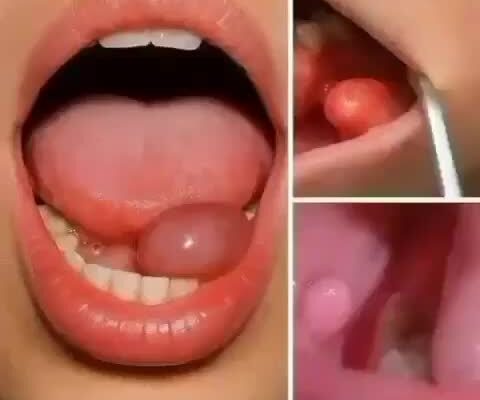Mouth and Oral Cancer Specialist in Delhi: Understanding Types, Symptoms, and Treatments
Many people ignore minor changes in their mouths, assuming sores or discoloration are harmless. However, these can signal oral cancer—a serious condition that often develops silently and progresses quickly. Those over 40 or who smoke or drink regularly face higher risks. Early detection can make a life-saving difference.
Oral cancer affects the lips, tongue, gums, and inner cheeks, and is more common in men over 40. In India, over 77,000 new cases and 52,000 deaths occur annually. The disease is often detected late, after spreading to the neck, but timely diagnosis greatly improves survival chances.
Types include lip, tongue, gum, inner cheek, and lower mouth cancers. Any persistent sore, patch, or lump should prompt immediate dental consultation. Regular dental check-ups, ideally twice a year, are crucial for early detection.
Common symptoms include sores that don’t heal, swelling, bleeding, difficulty swallowing, loose teeth, ear pain, or numbness in the lips or face. Red or white patches, persistent throat discomfort, or sudden weight loss also warrant medical attention.
Major risk factors include smoking, chewing tobacco, and excessive alcohol use. These habits account for nearly 80% of oral cancer cases. The average age of diagnosis is 50, and men are more frequently affected.
Oral cancer progresses through four stages, from a small localized tumor to advanced stages involving lymph nodes or distant spread. Early detection drastically improves treatment success.
Treatment options include surgery to remove tumors, radiation therapy, chemotherapy, and targeted therapy. The approach depends on the cancer’s stage and location, often combining multiple treatments for the best results.
Early detection remains the key to survival. Regular oral exams, awareness of warning signs, and prompt specialist consultation can prevent complications and save lives.



